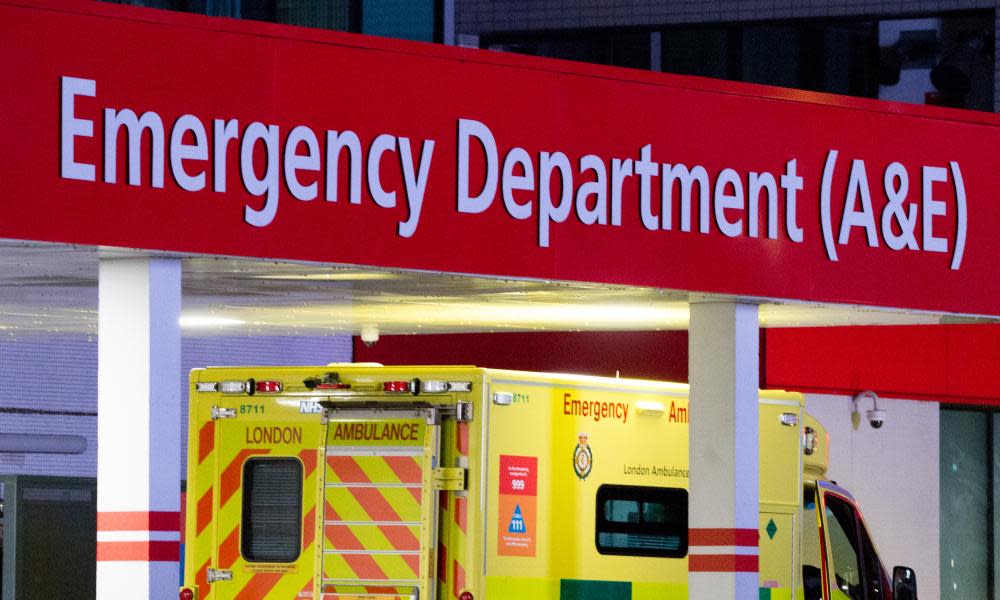Rise in A&E visits for hiccups and earaches add to strain on NHS

The NHS in England is facing mounting pressure amid a surge in patients attending A&E departments with minor ailments, health bosses have said.
Emergency departments, which are designed for serious injuries and life-threatening emergencies only, are seeing an increase in people attending with sore throats, insomnia, coughs and earache.
Data analysed by the Press Association news agency also shows more people going to A&E with complaints such as hiccups, nasal congestion, backache and nausea.
Cases where sore throat was the chief complaint rose by 77% between 2021-22 and 2022-23, from 191,900 cases to 340,441. Patients going to A&E with coughs rose by 47%, from 219,388 to 322,500, while attendances for nosebleeds rose by a fifth, from 47,285 cases to 56,546.
The data further showed that complaints for backache rose 2%, from 317,149 to 324,443, and cases of earache rose 22%, from 191,387 to 233,723. People also went to A&E requesting medication, with such cases rising by a fifth from 31,960 to 38,435.
Miriam Deakin, the director of policy and strategy at NHS Providers, said: “The rise in A&E admissions is piling even more pressure on to an already stretched NHS. Persistent strain on primary care services, including GPs and dentists, means patients often resort to A&E when they cannot access timely care elsewhere.
“Minor ailments such as coughs, earache, fever, nausea and hiccups can and should be managed through more appropriate services such as pharmacies and NHS 111 online. This could ease pressure on emergency departments, whose priority is to deliver urgent care for those most in need. Boosting capacity of staff, beds and equipment in these settings would also significantly help. However, this requires proper funding and support from the government.”
Attendances in A&E for fever rose 44%, from 566,531 to 813,609, hiccups cases rose 3%, from 794 to 819, and insomnia cases rose 6%, from 1,265 to 1,343. Diarrhoea cases jumped 12%, from 106,072 to 119,019, nasal congestion cases rose 30%, from 12,380 to 16,115, and nausea cases rose 14%, from 14,177 to 16,161.
Overall, 8.6m attendances resulted in the patient being discharged with written advice.
Dr Adrian Boyle, the president of the Royal College of Emergency Medicine, said: “While there has certainly been an increase in issues which may not have traditionally been thought of as requiring emergency care, it is not the main problem, and is symptomatic of a much wider issue. One change which certainly would have an impact is greater clinical input into the NHS 111 service to help direct patients to the right care for them, be that in the community or, when necessary, at hospital.”
Prof Kamila Hawthorne, the chair of the Royal College of GPs, said: “Unfortunately, the entire NHS is heaving under unsustainable pressures and patients are increasingly looking for any port in the storm. While some of the presentations to A&E may not be indicative of a medical ‘emergency’, conditions such as fevers … can be symptomatic of something more serious that needs the skill and expertise of a medical professional to diagnose and treat.”

 Yahoo News
Yahoo News 
